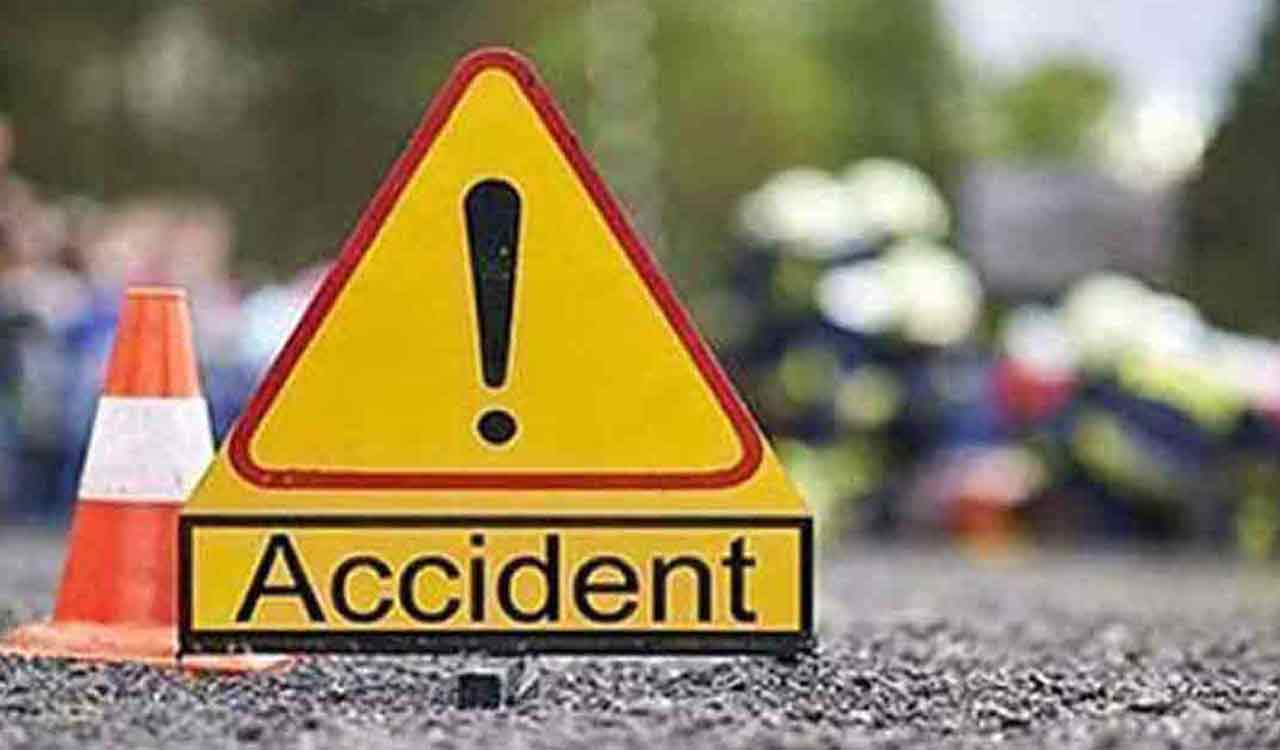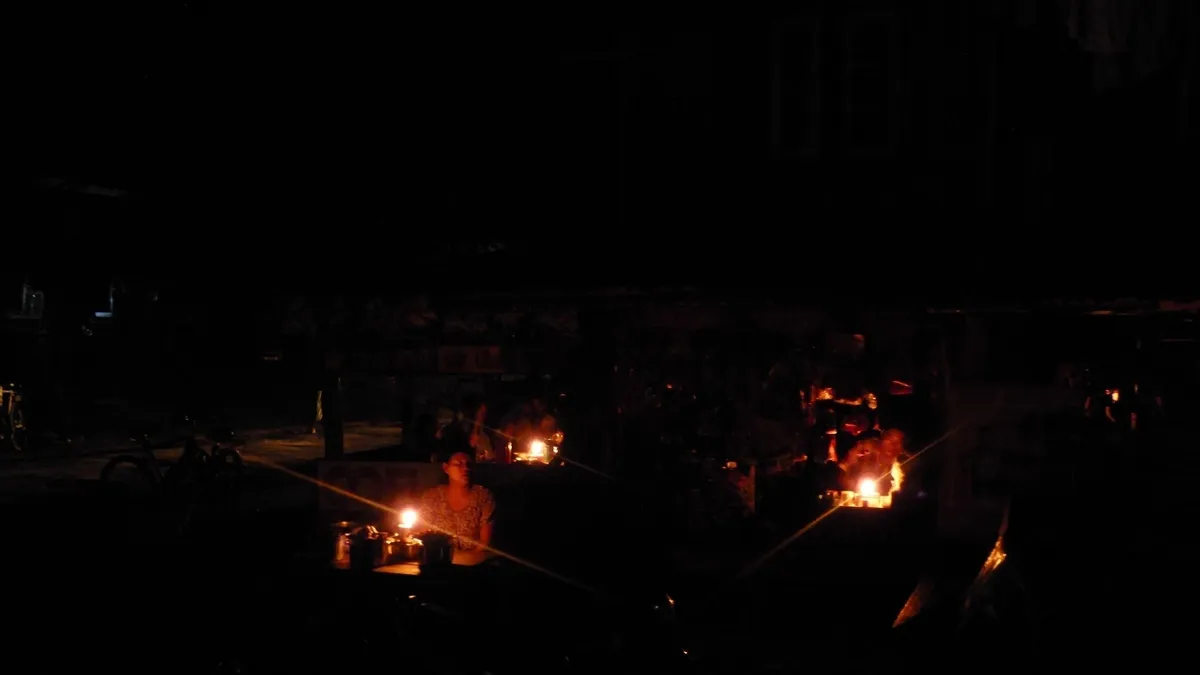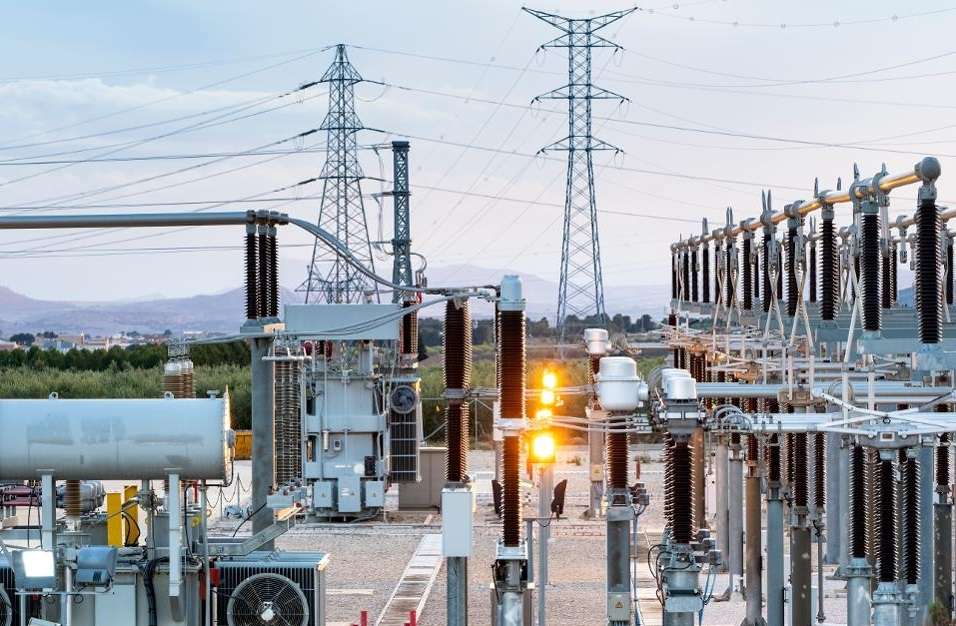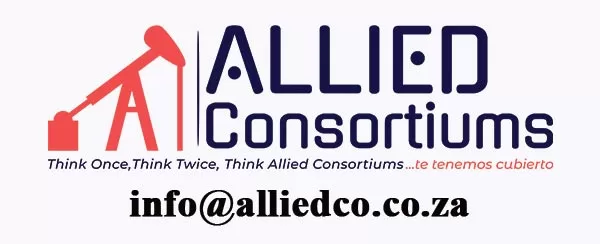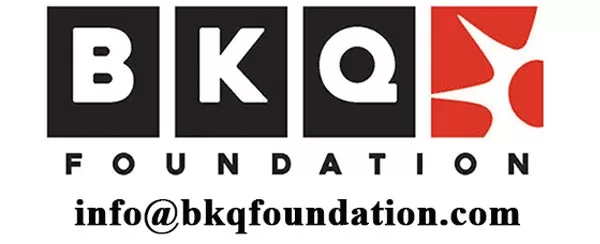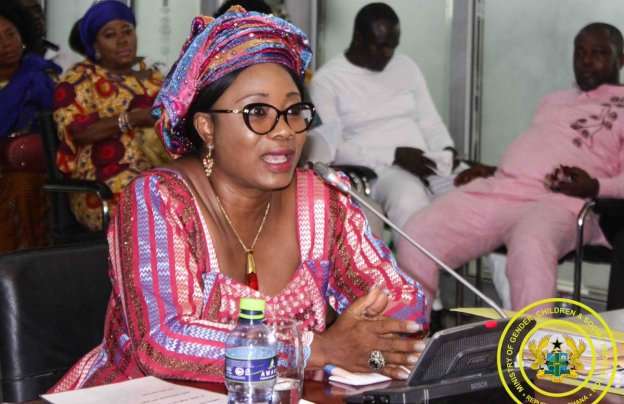1.0 Introduction
The National LPG Policy seeks to provide direction on marketing and distribution of LPG in a safe and efficient manner, and facilitate an increase in access to LPG nationwide. The goal of the policy is to ensure at least 50% of Ghanaians have access to safe, clean and environmentally friendly LPG for increased domestic, commercial and industrial usage by 2030. The policy seek to achieve the following objectives:
- Develop a market-driven structure to ensure safety, increased access and adoption of LPG.
- Enhance the capacity of existing regulatory institutions in order to meet the regulatory requirements of the new market structure.
- Ensure the existence of robust and standard Health, Safety and Environmental practices in the production, marketing and consumption of LPG.
- Ensure the sustainability of supply under the new market structure
- Ensure local content and participation in the LPG sub sector in compliance to the Downstream Local Content Policy.
The National LPG policy provides backing for a new LPG distribution model which is centred on the use of the Cylinder Recirculation Model as the market structure.
In order to ensure smooth implementation, LPG refilling plants would be classified into low risk and high risk based on their deficiency in meeting safety standards in a Risk Assessment of all plants by the NPA. The high risk refilling station would be immediately converted into filled cylinder retail and distribution outlets whereas low risk refilling stations would be dedicated to the supply of Autogas only, with improved safety standards.
The proposed new LPG distribution model will begin with the LPG Bulk Distribution Company (LBDC), whose responsibility will be to either import or buy the LPG from local refinery or/and gas processing plant, such as Tema Oil Refinery and Ghana National Gas Company, and store the LPG in their Bulk Storage facility. The LBDC will then sell the LPG in bulk to either the Bottling Plant for the sole purpose of filling the empty cylinders or to the LPG Marketing Companies (LMCs) for bulk sale to industrial end-users – factories, restaurant, and mini-power plants- and also to auto gas users. The LPG Bottling Plant Company will be responsible for filling the empty cylinders for onward distribution to LMCs. The LMCs will be responsible for procuring, branding, and maintaining the cylinders. Specialized trucks will be used to transport the filled cylinders from the bottling plants to the retail stations or exchange points, where consumers will exchange their empty cylinders for filled ones.
A minimum of
4,000Mt capacity storage depot shall be used as the primary receiver of LPG either from imports or from domestic production, with gantry facilities for discharge into BRVs. This will be the preserve of an LBDC.
The LPG bottling plant is expected to have a minimum storage capacity of
250Mt with an automated bottling plant and a filling capacity of 1,000 cylinders per hour. The country will be zoned for the siting of these bottling plants. However, the distribution of their filled cylinders will not be limited to any particular zone.
2.0 Questions and Answers
Q1: What measures will be put in place to ensure that the empty cylinders submitted by customers in exchanged for filled ones are in good condition?
It is the responsibility of the LPG Marketing Companies (LMC) to ensure that the cylinders are in good condition before handing over to the end user. It is mandatory that all the bottling plants have a minimum maintenance facility to check for dents, leakages, replacement of valve, etc. This maintenance would be done on the full knowledge of the LPG Marketing Company.
Q2: How does the NPA ensure the policy does not negatively impact low income earners, especially those who are unable to afford bigger sizes the companies may not have.
There will be different sizes of cylinders to meet the needs of all income earners. The LMCs are expected to have different sizes of filled cylinder sizes such as 3kg and 6kg to cater for those who would want to purchase smaller quantities.
Q3: Some of the industry players are unhappy with the one year given to roll out the policy, what answers do you have for them?
The new policy will be implemented together with the existing market structure until we gradually phase out the old market structure. The discussions surrounding the LPG promotion policy started in 2014. We will continue to engage the industry players.
Q4: My question to the NPA and by extension government is that our country’s stock of LPG are stored in huge storage facilities by TOR, Fueltrade etc. Why have we not experience explosions at these depots but only when these BRVs reach the retail stations during discharge?
This is as a result of negligence on the part of BRV operators and also some of the operators lack capacity to undertake this activity.
Q5: What is the LPG penetration rate of countries that have implemented the cylinder recirculation model?
Brazil has been able to achieve about 90% adoption. Also, India has been able to achieve 80% adoption.
Q6: Movement of several domestic filled cylinders pose more safety risk than bulk movement?
The movement of the filled cylinders will be carried out by specialized trucks with high safety standards to the LPG distribution outlets.
Q7: Warehousing filled cylinders are more dangerous than the current system?
Warehousing of filled cylinders is less risky than the current system because it does not require filling of cylinders at the station. Also there will not be discharge of LPG at the station.
Q8: Regarding the zoning of the business entities to operate the model, how is the NPA going to ensure same business persons in the system don’t form proxy companies in the name of other people at the blindside of the NPA?
There will be LI to prevent one business entity to operate in the various segment in the supply chain. There will be strict enforcement of the regulation laid down by the Authority to ensure compliance.
Q9: What happens to those with domestic fiber glass cylinders in their homes, will their fiber glass be exchanged with filled fiber glass or steel cylinders?
The LPG Marketing Company as part of its marketing strategy will have fibre cylinders for consumers using fibre glass cylinders.
Q10: With two new actors in the supply chain i.e. Bottling/maintaining cylinders and distribution, will there be any change in the price of LPG?
Yes. There will be a marginal change in the price of LPG. There will be a margin to cater for the LBP operations, filling, maintenance and refurbishment.
Q11: Some users said they don’t fill their cylinders to the maximum, some by 10gh and 20gh cedis and so on, how do we address this problem?
There will be 3kg cylinders to meet their needs. Apart from this, there is a company that is considering purchasing filled cylinders and supply to various homes with a controlled regulator which could allow consumers to buy smaller quantities.
Q12: Who will provide the cylinders, the new players or the government?
The marketing companies will be responsible for providing the cylinders. They will be responsible for owning, branding and maintaining the cylinders to ensure that the cylinders are safe for use.
Q13: So will the customer be paying for the gas in the cylinder or both the gas and the cylinder?
The consumers are expected to pay for the initial cost of the cylinder and the gas. Subsequently the consumers will pay for only the gas.
Q14: What happens to cylinders currently been used in our homes?
A plan is being developed to come up with strategies to address this issues. It is likely that we may adopt the refrigeration rebate scheme implemented by Energy Commission to address this issue
Q15: What happens to current OMCs who double in LPG, does it mean they have to register a separate entity if they still want to do LPG?
Yes. There will be different license category for different segment of the supply chain. No entity will be allowed to operate in more than one section of the supply chain. This is to ensure that many Ghanaians have opportunity to operate in the LPG industry.
Q16: There is also a current practice where you find LPG filling station on the same premises with other fuels, what is going to change if any?
The LPG filling plant will be expected to be 1km away from the other station.
Q17: There are still many more questions to be answered. Cost of LPG is becoming more and more expensive. Nothing is mentioned about cost. Nothing is mentioned about how to curb illegal domestic transfer of LPG especially by Taxi drivers where location of filling station does not make economic sense to the driver.”
Q18: Are we also going to be guaranteed leakage proof cylinders?
Yes. Because all cylinders will be checked by the bottling plants for leakage and other defects before they are released into the market. Those which are unusable will be sent to GCMC for recycling.
Q19: And with the low risk stations? Are consumers still going to transport their cylinders with taxis?
The low risk stations will rather sell autogas. Also there will be door to door distribution of filled cylinders as well.
Q20: Will there be inspections to check that the cylinders are actually being properly maintained and up to scratch? Inspection being one of our major problems in this country.
Yes. There will be regular inspections to ensure that cylinders are properly maintained
Q21: Have they communicated a time line for this to happen or are we still just discussing?
The new and the old model will be implemented side by side for one year. However, the old model will be phased out by the end of 2019.
Q22: And what happens to the old cylinders we’re using now?
A plan is being developed to come up with strategies to address this issues. It is likely that we may adopt the refrigeration rebate scheme implemented by Energy Commission to address this issue
Q24: Is the remodeling of old cylinders at a cost to us consumers?
No. The marketing company will bear the cost
Q25: Within the time of remodeling, will I get a new cylinder?
Yes. There will be filled cylinders at the retail outlet to be exchanged for the old cylinders
Q26: This means auto gas users can still refill within town at low risk stations.
Yes. The safety standards in the low risk station will be enhanced.
Q27: This also means we are going to transport gas in tankers through town to these low risk stations.
Yes. The frequency of transporting the gas will be smaller than it is now. More safety measures will be put in place.
Q28: What will happen to existing LPG Refilling Plants?
LPG Refilling plants would be classified into low risk and high risk based on their deficiency in meeting safety standards in a Risk Assessment of all plants by the NPA. The high risk refilling plants would be immediately converted into filled cylinder retail and distribution outlets whereas low risk refilling plants would be allowed to supply autogas only with improved safety standards.
Q29: What role will current stakeholders play (LPG Bulk Distribution Companies, LPG Bottling Plants, LPG Marketing Companies, Dealer and Tanker Drivers?)
 Role of Players:
Role of Players:
| No. |
Player |
Roles |
| 1 |
Bulk Distribution Company (BDC) |
a) Imports LPG;
b) Stores; and
c) Distributes in bulk to LPGMCs and Bottling Plants. |
| 2 |
Bottling Plant (BP) |
a) Procure LPG from BDCs and resells to LPGMCs;
b) Refills cylinders for LPGMCs;
c) Tests cylinders; and
d) Undertake maintenance of cylinders with minor defects and refer cylinders with major defects to Manufacturing & Maintenance Facility. |
| 3 |
LPG Marketing Company (LPGMC) |
a) Procure LPG from BDCs for supply to Auto Gas outlets and Bulk Commercial Customers;
b) Own and brand cylinders;
c) Transport refilled and empty cylinders;
d) Manage entire supply chain between BP and consumers; and
e) Maintain cylinders. |
| 4 |
Dealer |
a) Operate cylinder exchange points on behalf of LPGMCs;
b) Dispense LPG to autogas (Low risk outlets) and;
c) Manage LPGMC safety and regulatory protocols and customer relations on behalf of LPGMCs. |
| 5 |
Manufacturing & Maintenance Company |
a) Manufacture cylinders; and
b) Undertake major maintenance of cylinders.
c) Disposal of cylinders |
Q31: Would this create job losses?
Direct job losses is estimated to be about 400 in relation to the estimated number of refilling plants that will be converted to autogas outlets. Direct job creation is estimated to be over 4500 in relation to new jobs under the LMCs, LBPs, LCTs and door to door delivery. This does not affect current jobs of LPG Bulk Transporters, LPG Bulk Distribution Companies, and LPG Bulk Storage companies as well as the retail outlets that would transition into distribution centers.
In addition to the above jobs created, NPA will recruit over 200 Safety Auditor throughout the country as well as resource its newly established Health Safety Security and Environment department. There will also be a number of indirect jobs created for installations, maintenance, fabrication and other services.
Q32: How do we treat Rural LPG Promotion?
The proposed distribution model will provide filled cylinders throughout the country. However, it will absorb ongoing efforts to promote the use of LPG in rural areas. LMCs would be provided with incentives to supply to rural areas through the LPG Distribution Compensation Margin Fund. The Annual Budget Funding Allocation (ABFA) will however be used to fund the distribution of free cook stoves and accessories under the Rural LPG Promotion Programme.
Q33: What are the expected Socio-economic Benefits?
- Job Creation
- Increased Viability of LPG supply
- Improvement in health status of women and children
- Improve public health and safety
Q34: Are u going to carry out a sensitization programme for the existing players and consumers?
Yes. There will be a nationwide sensitization of all stakeholders.
Q35: Converting high risk LPG outlet into a distribution outlets raises safety concerns. How do you intend to address safety issues associated with the high risk LPG outlets?
We will ensure that all the high risk LPG outlets comply with improved safety measures.
Source: NPA|3news.com | Ghana]]>
 Role of Players:
Role of Players:




